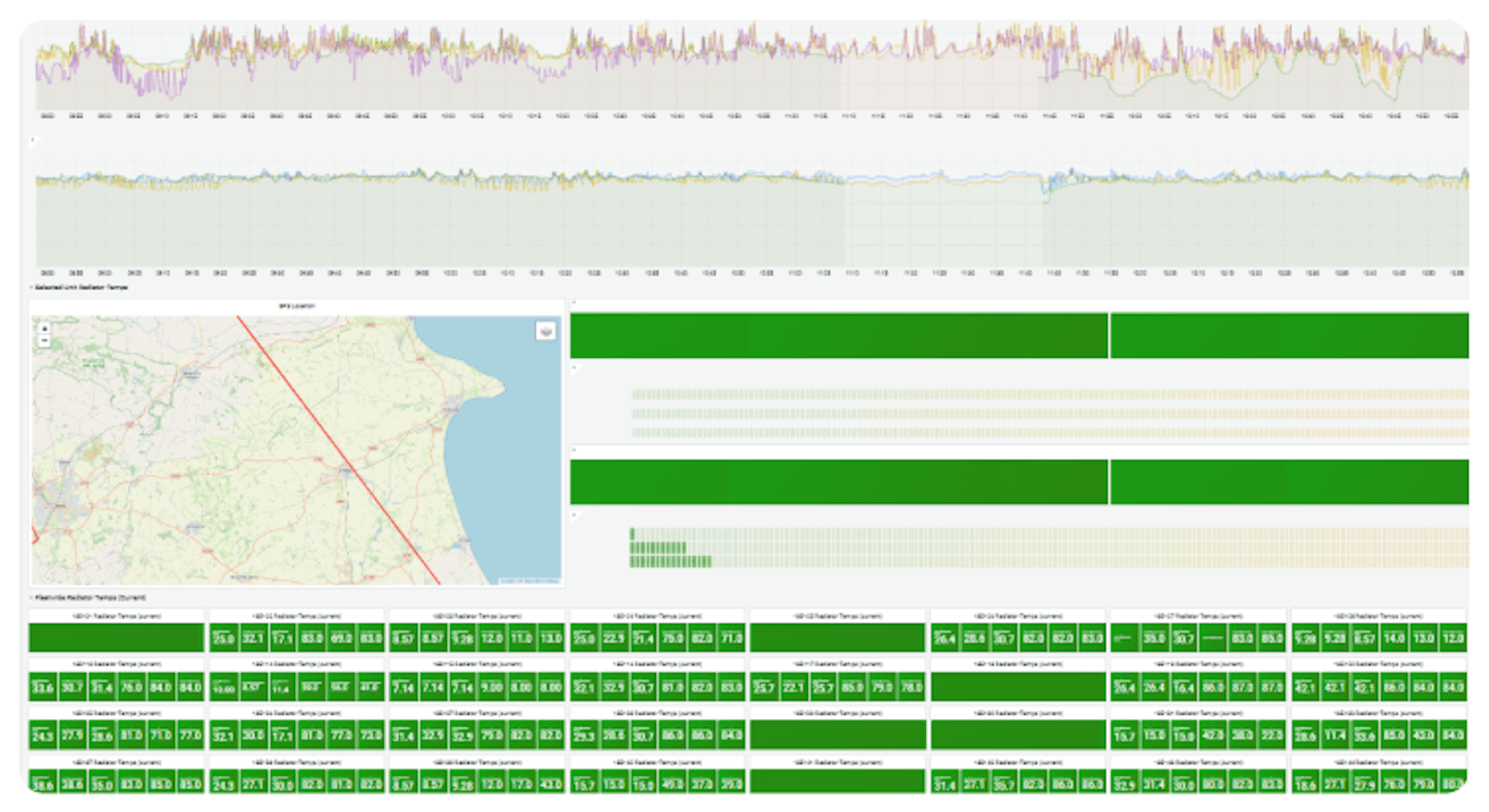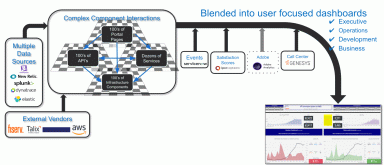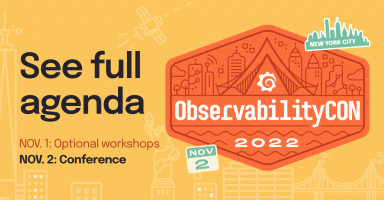
How Siemens Mobility is moving its trains into the future with Grafana Enterprise
Railway passengers may think of trains simply as a way to get from one place to another, but at Siemens Mobility — a rail transportation company dedicated to delivering sustainable, smart transport — they are that and much more.
Siemens Mobility works with more than 3,000 partners, and its customers include Eurostar and Trans Pennine Express. In the U.K., Siemens Mobility maintains about 500 train units and logs 65 million passenger miles per year. To keep that up, its rolling stock (train cars) and the services the company provides not only need to be available for customers (the operators), but also work reliably and efficiently for riders as well.
One person who helps ensure that happens is Martin Klimmek, Head of Digital Development and Operations at Siemens Mobility UK. His team’s mission, he says, “is to make our rolling stock data and our maintenance data, maintenance logs, and data from trackside monitoring equipment as telling and as powerful as possible for colleagues who are helping to deliver those fleets every day — but also to create opportunities for external customers.”
Siemens Mobility considers its trains “data centers on wheels,” and as a result, the company is passionate about observability. It is not only the key to keeping older trains up-to-date and operable for as long as possible, but it is also the basis for creating high-tech rolling stock of the future.
The tool that has put Klimmek’s observability team on the right track: Grafana Enterprise.
With Grafana, Siemens Mobility can bring together millions of data points from active train sensors in under three seconds. It can then take that information and use it to help its customers identify potential faults. (The company’s work in this area was the topic of the GrafanaCONline 2021 presentation “Creating value through IoT train sensor data with Grafana” which is available to watch on demand.)
Not only has Grafana Enterprise been a great fit for Siemens Mobility’s most high-tech rolling stock. It also has helped the company give older trains a “digital makeover” — or as Klimmek puts it, “taking dumb trains and making them smart.”
Point of origin
Siemens Mobility turned to Grafana when they were trying to figure out how to address several high-level problems. One major issue was that they had trains producing complex, high frequency data, and they needed a way to help customers that had to make quick decisions based on the relevant information they had available.
Around 2019, Klimmek began working with data platform engineer Haluk Tutuk from Periscube, Ltd, a Siemens Mobility UK cloud solutions partner. Together, they had a vision of building accessible self-service portals and workbenches they could use and share to observe all of their important train sensor data. Grafana was already used to monitor the company’s cloud infrastructure, but they realized it could do more. “There’s no reason why the same principles that apply to make cloud infrastructure observable shouldn’t also apply to trains,” Klimmek says.
Smooth ride
With Grafana, Klimmek’s team has been able to generate data in real time from the trains to optimize maintenance sequencing — work that has been designed to support performance managers and technical engineers.
The dashboards below are some examples of how Siemens Mobility is observing its data with Grafana.
Experts at the company can dig into data generated by train units to identify opportunities to respond and optimize proactively.

System-specific dashboards also allow domain experts to monitor specific situations, to integrate analytics output, and to set alerts.

Looking forward
With the rollout of the Grafana-based observability solution for rail, the digital team at Siemens Mobility is getting closer to their vision of setting up a full self-service system, where staff and customers can work collaboratively and interactively across digital and domain.
As Klimmek sees it, using Grafana — and having real-time representation of the state of current physical service — has provided Siemens Mobility with “a new vision of ’the art of the possible.’ "
To find out more about how Siemens Mobility is using Grafana, read their full success story.



